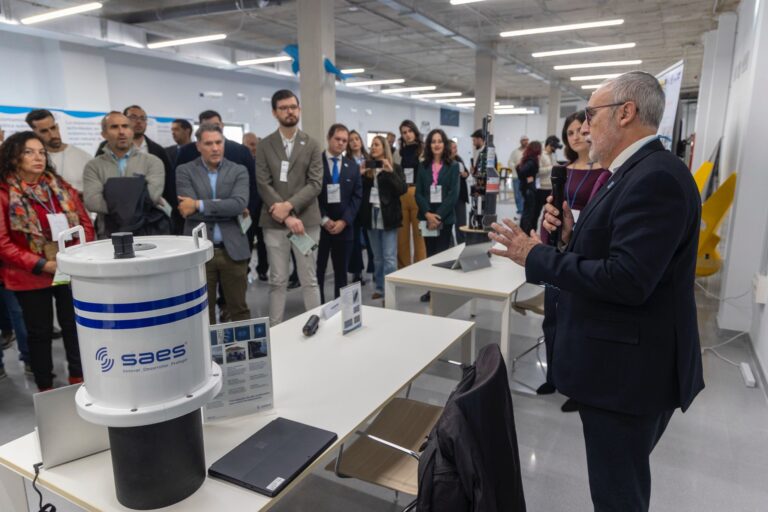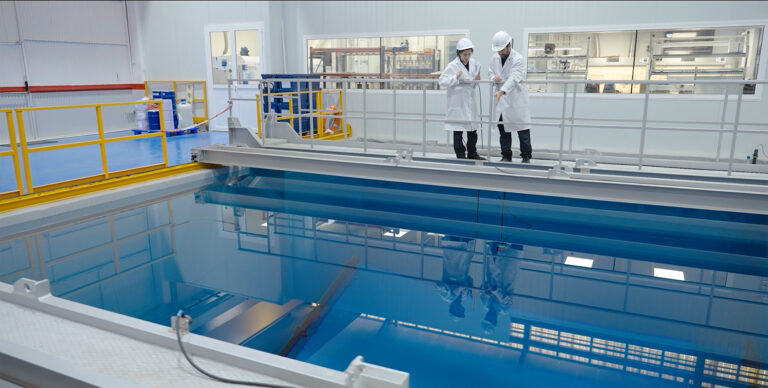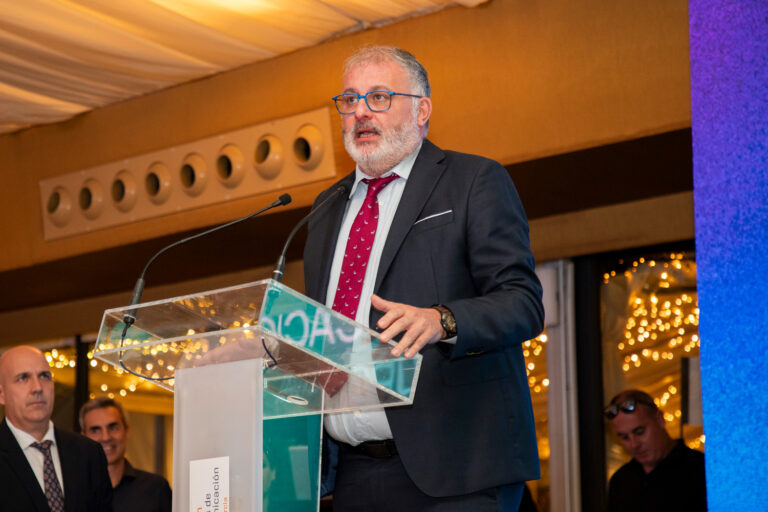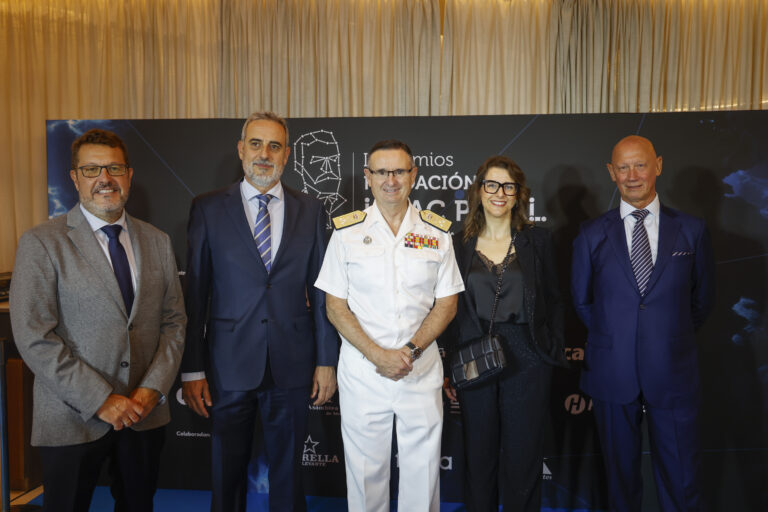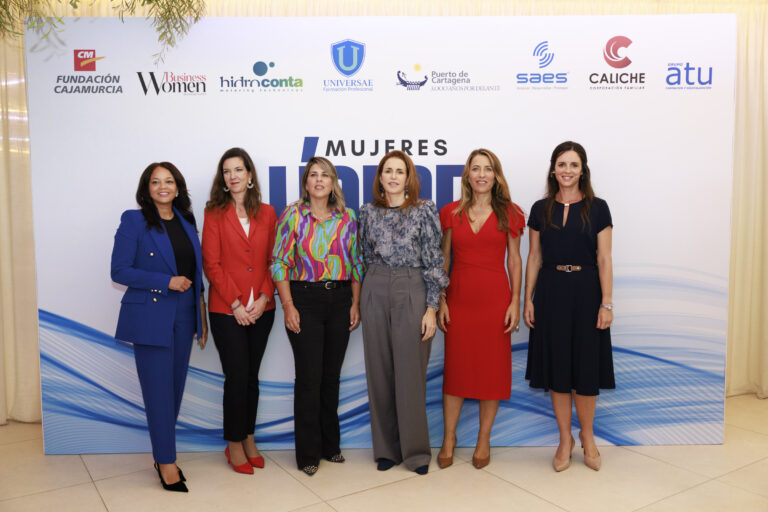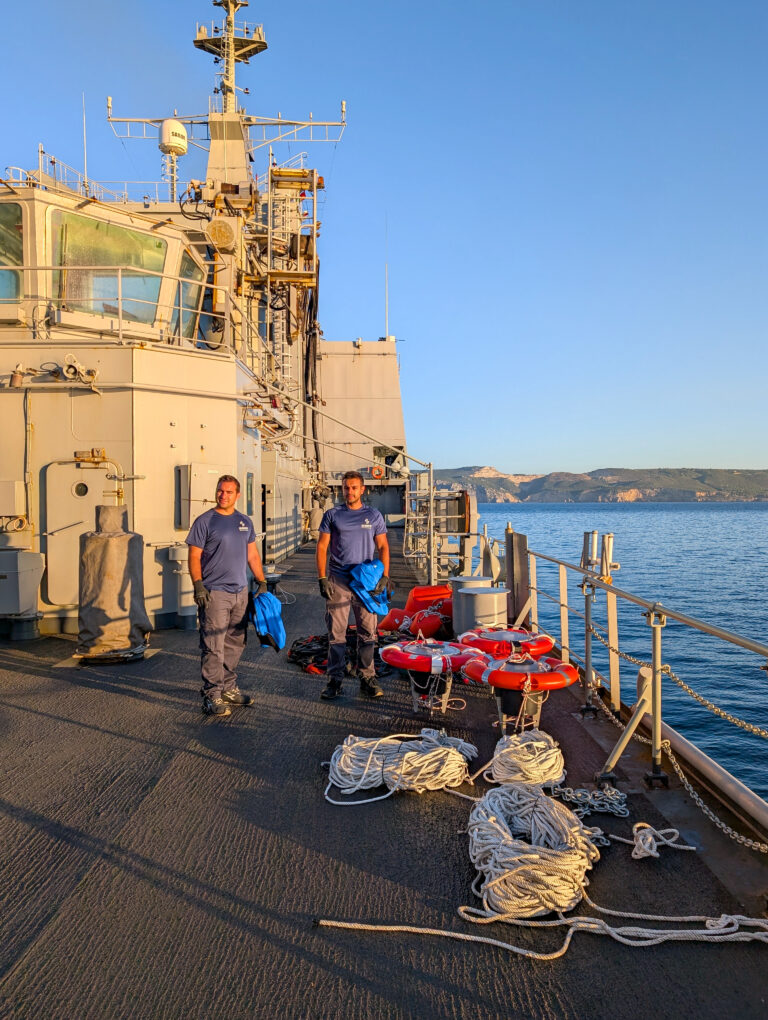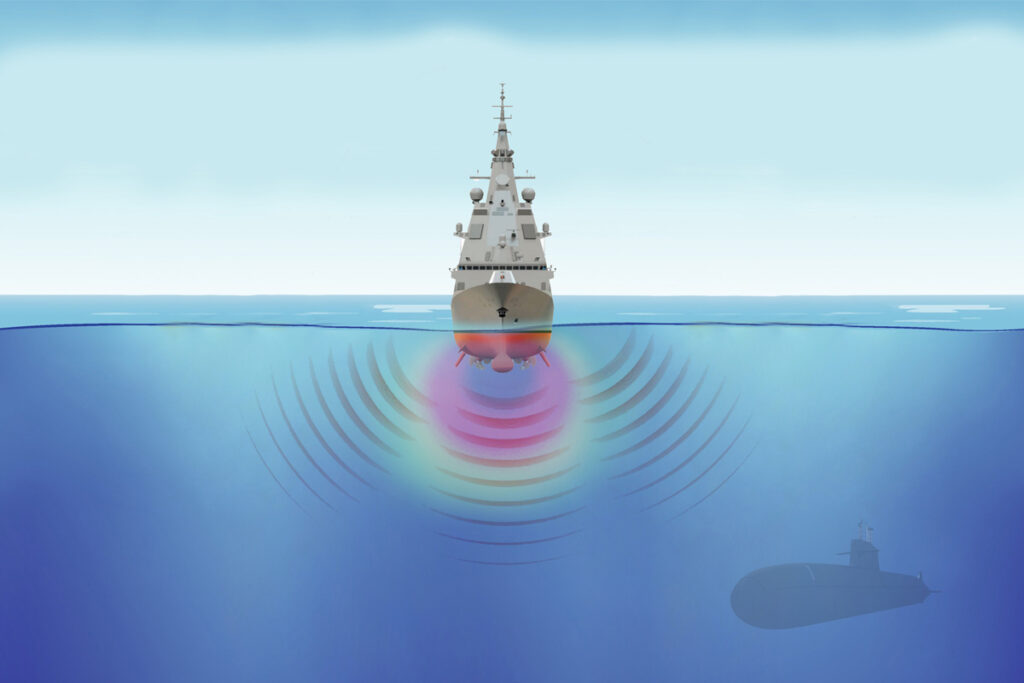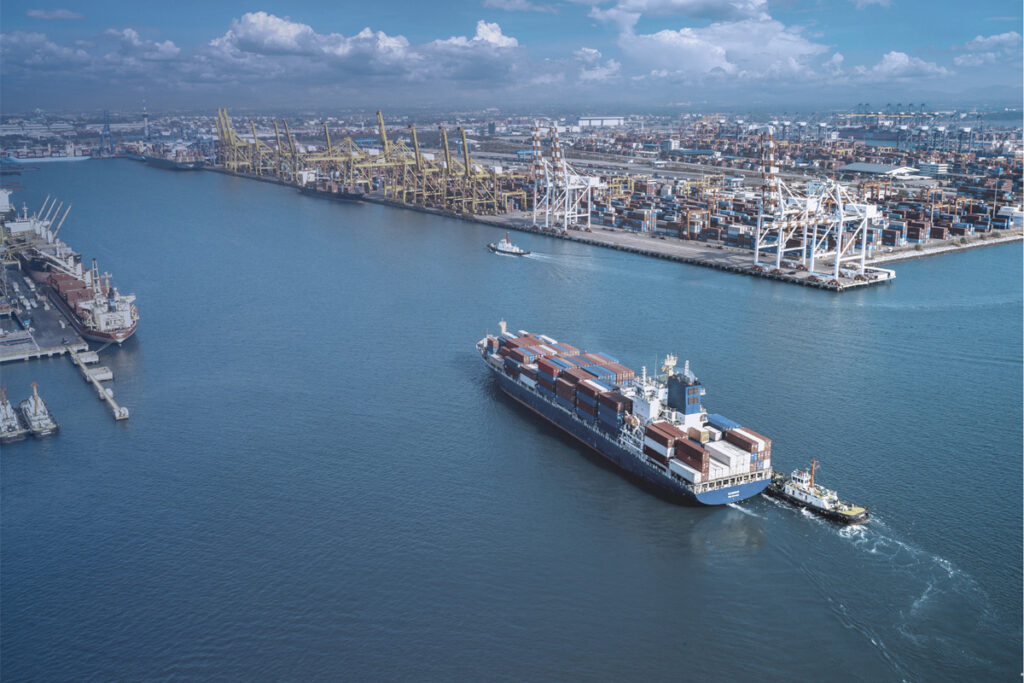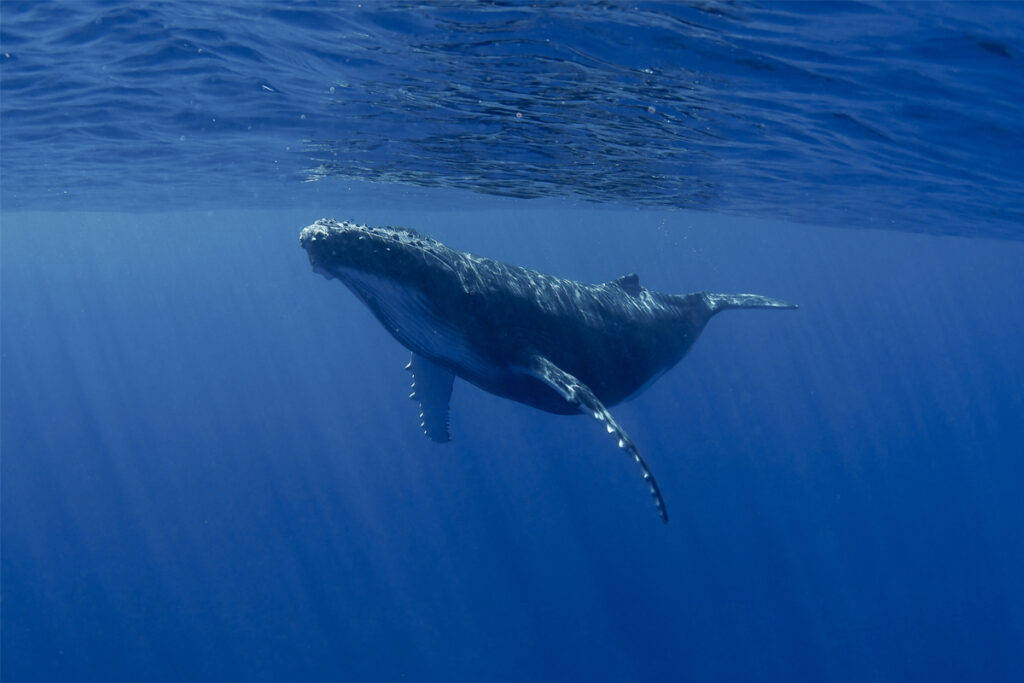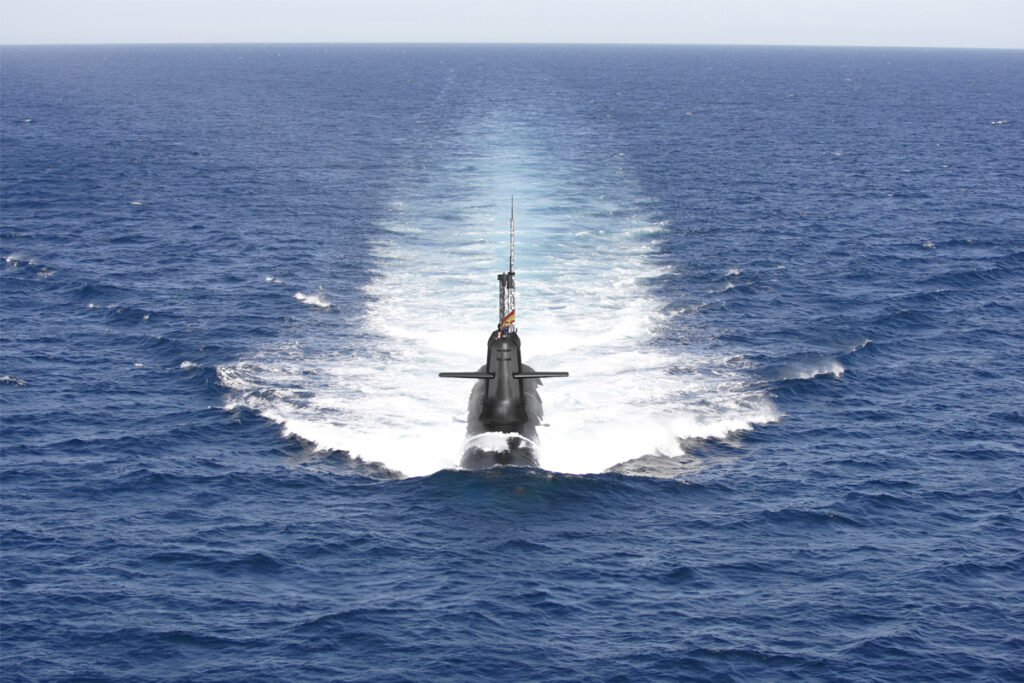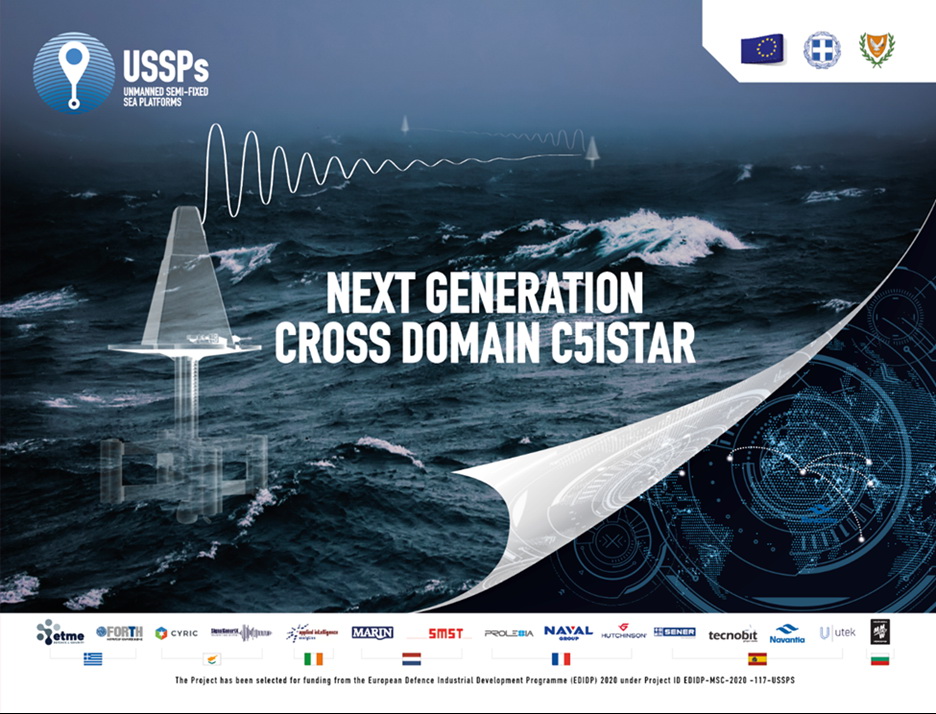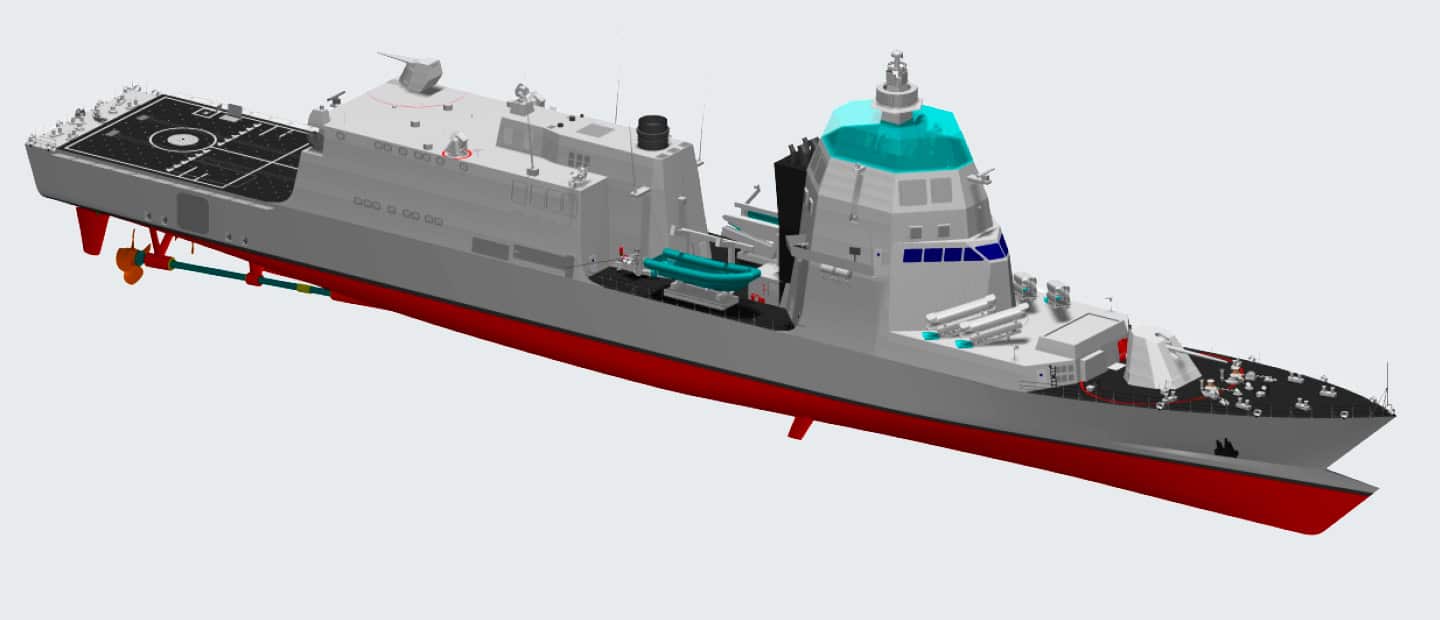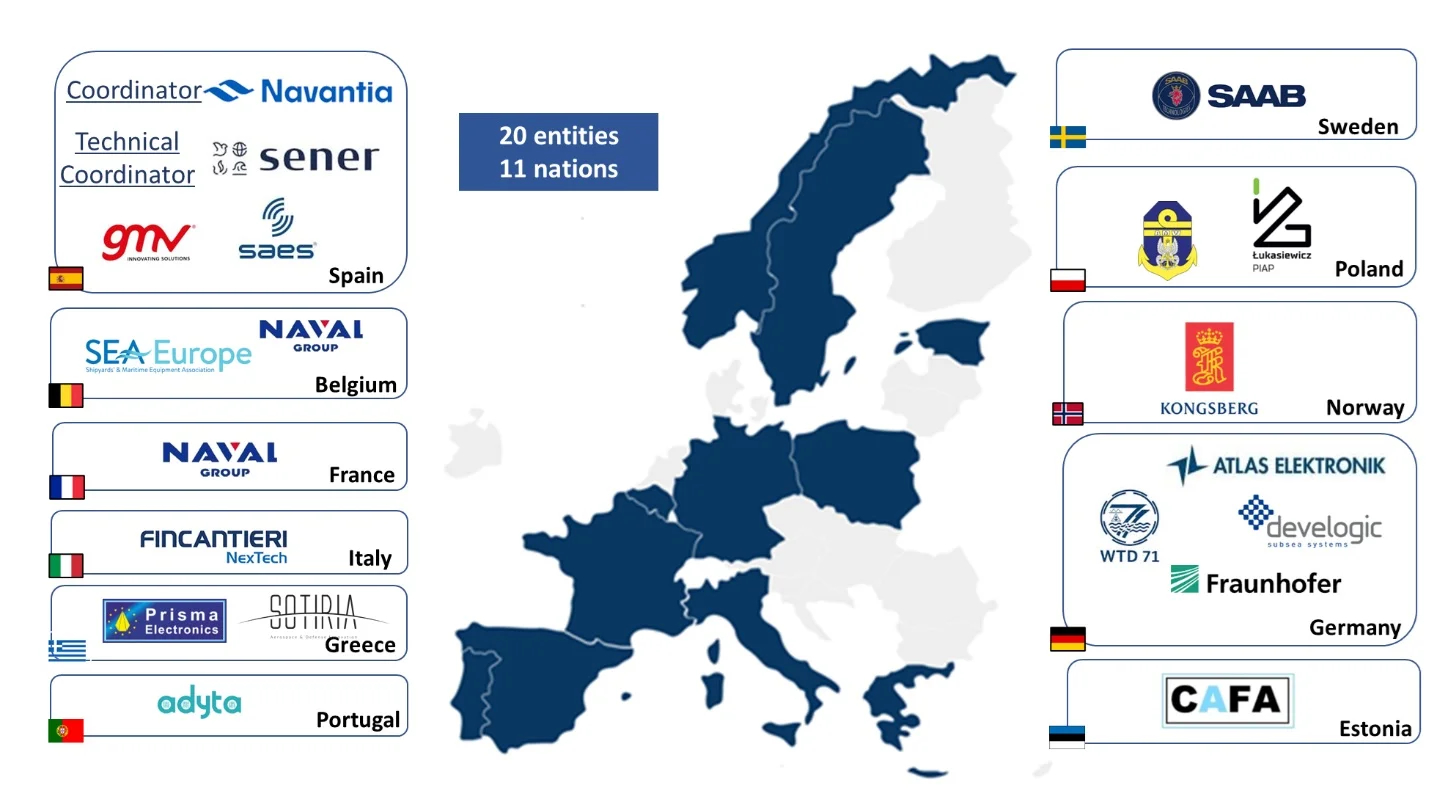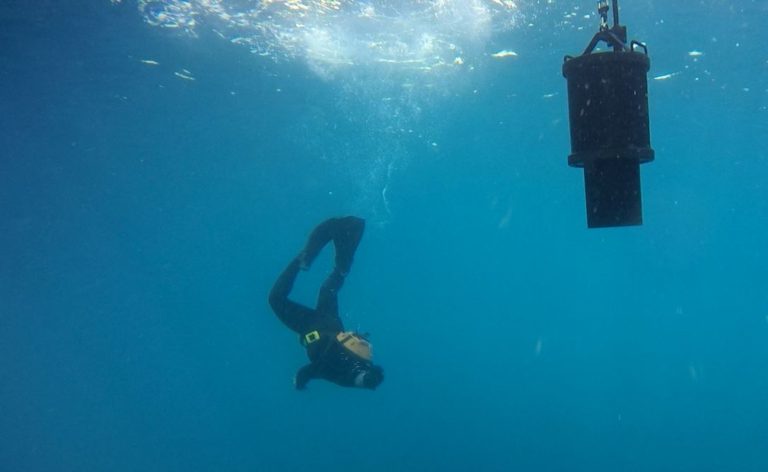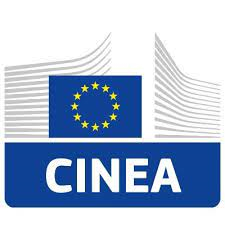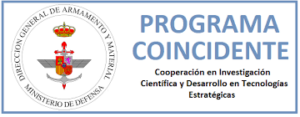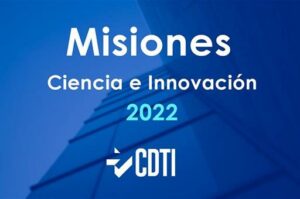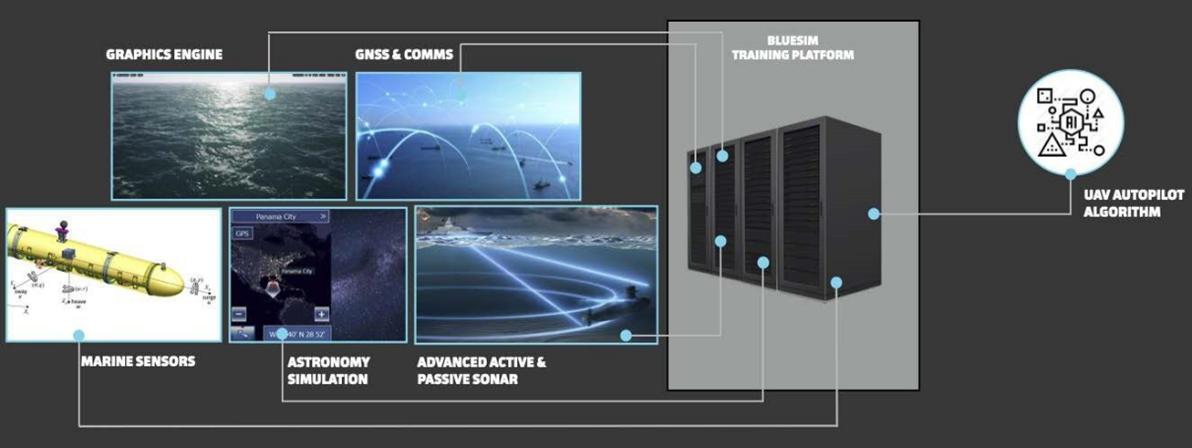Noticias
El Día Mundial de la Acuicultura se celebra por primera vez en Cartagena, con la participación de SAES en la jornada de transferencia tecnológica y [...]
SAES, Indra y Airbus participan en el Programa Santiago Fase II, una iniciativa estratégica del Ministerio de Defensa enmarcada en los Programas Especiales de Modernización [...]
SAES recibe el galardón al 'Liderazgo tecnológico en proyectos de defensa' en la XXIV edición de La Noche de las Telecomuniaciones de la Región de [...]
SAES participó en la gala de los III Premios Fundación Isaac Peral, que reconocen la innovación industrial y tecnológica en la Región de Murcia. En [...]
El evento 'Mujeres que navegan el futuro' contó con mujeres referentes de la Región de Murcia en cargos directivos de empresas internacionales. SAES estuvo representada [...]
El despliegue, realizado en colaboración con la Armada, confirma la madurez tecnológica de este sistema de detección acústica. [...]
